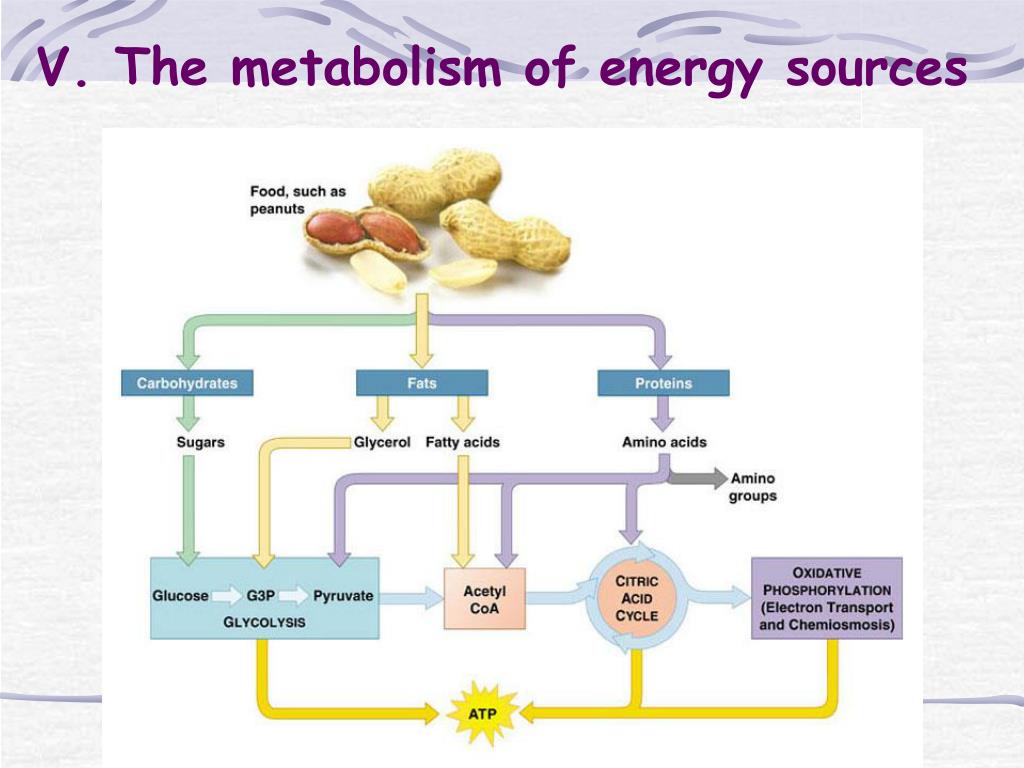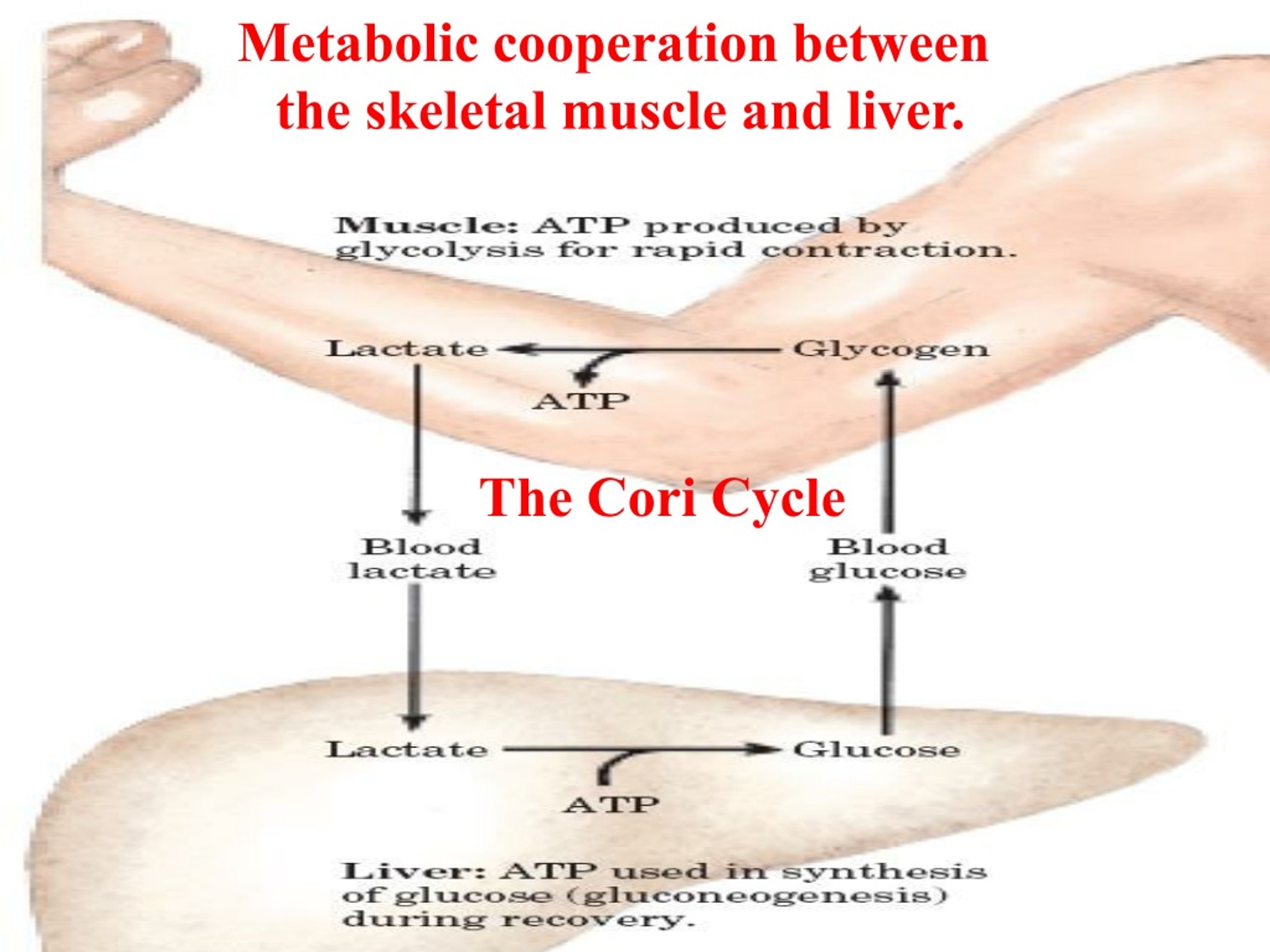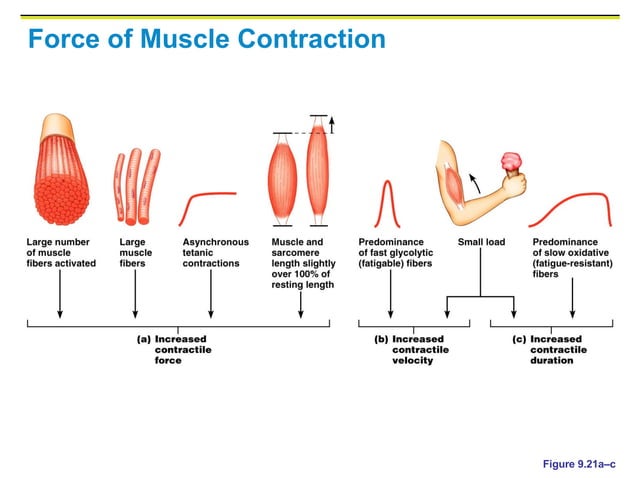At Rest Muscles Obtain Most Of Their Energy By Metabolizing
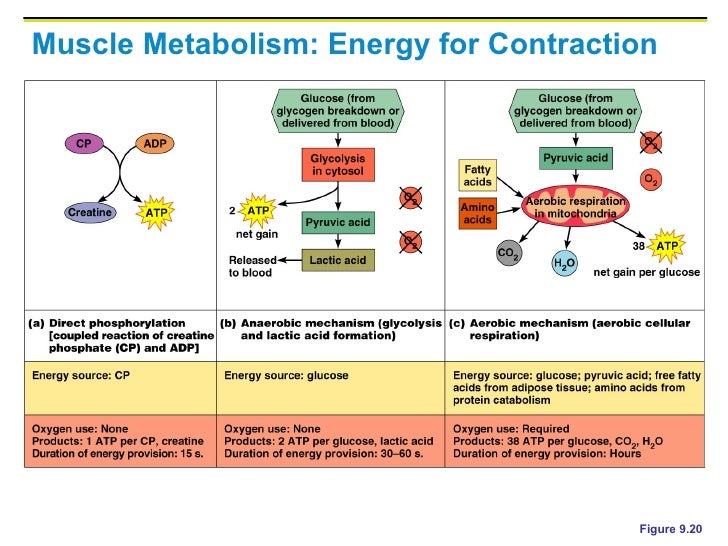
The human body, a marvel of biological engineering, operates on a complex energy economy. While we often associate energy expenditure with visible activities like running or lifting weights, a significant portion of our energy is consumed even when we are at rest. The source of this resting energy, crucial for maintaining life, is primarily derived from the metabolic processes within our muscles.
This article delves into the science of muscle metabolism at rest, exploring how these seemingly inactive tissues contribute significantly to our basal energy expenditure. We will examine the specific fuel sources muscles utilize, the mechanisms that govern this energy production, and the implications of these processes for overall health and disease. Understanding this fundamental aspect of human physiology is critical for developing strategies to manage weight, prevent metabolic disorders, and optimize physical performance.
The Muscle's Role in Basal Metabolic Rate
Our basal metabolic rate (BMR), the amount of energy our body burns at rest, is influenced by several factors, including age, sex, and body composition. Muscles, being metabolically active tissues, play a particularly important role in determining BMR. Even when we aren't consciously contracting them, our muscles are constantly working, maintaining posture, generating heat, and performing essential cellular functions.
Skeletal muscle, the most abundant tissue in the human body, is responsible for a substantial portion of our BMR. A person with more muscle mass will generally have a higher BMR than someone with less muscle mass, even if they have the same weight. This is because muscle tissue requires more energy to maintain than fat tissue.
Fueling the Resting Muscle: A Metabolic Overview
At rest, muscles primarily rely on fat and glucose as their fuel sources. The specific proportion of each fuel used depends on factors like the individual's diet, hormonal status, and training level. Generally, fat is the predominant energy source during periods of prolonged rest and low-intensity activity.
The breakdown of fat, known as lipolysis, releases fatty acids into the bloodstream. These fatty acids are then taken up by muscle cells and transported into the mitochondria, the powerhouses of the cell, where they undergo beta-oxidation to produce energy in the form of ATP (adenosine triphosphate). ATP is the primary energy currency of the cell.
While fat is the primary fuel at rest, glucose also plays a role. Glucose, derived from carbohydrates in our diet, is stored in muscles as glycogen. When energy demands increase slightly, or when blood glucose levels rise, muscles can use glycogen or glucose directly from the bloodstream to generate ATP through a process called glycolysis.
The Hormonal Regulation of Muscle Metabolism
The hormonal environment significantly influences the balance between fat and glucose utilization in resting muscles. Insulin, secreted by the pancreas in response to elevated blood glucose, promotes glucose uptake and glycogen storage in muscle. It also inhibits lipolysis, shifting the muscle's energy source towards glucose.
Conversely, hormones like epinephrine and glucagon, released during stress or when blood glucose levels are low, stimulate lipolysis and glycogen breakdown. This increases the availability of both fatty acids and glucose for energy production, preparing the muscle for potential activity.
The hormone leptin, produced by fat cells, also plays a role in regulating muscle metabolism. Leptin signals to the brain that energy stores are sufficient, leading to increased energy expenditure and fat oxidation. This indirectly affects muscle metabolism by promoting fat utilization.
Muscle Metabolism and Disease
Dysregulation of muscle metabolism is implicated in several metabolic diseases, including type 2 diabetes and obesity. In individuals with insulin resistance, muscle cells become less responsive to insulin's signals, leading to impaired glucose uptake and utilization.
This contributes to elevated blood glucose levels and can eventually lead to type 2 diabetes. Furthermore, impaired fat oxidation in muscle can contribute to the accumulation of fat within muscle tissue, a condition known as intramyocellular lipid (IMCL) accumulation.
IMCL accumulation is associated with insulin resistance and other metabolic abnormalities. Maintaining healthy muscle metabolism through regular physical activity and a balanced diet is crucial for preventing these diseases.
The Impact of Exercise and Training
Exercise and training can significantly alter muscle metabolism, improving its efficiency and flexibility. Endurance training, for example, increases the muscle's capacity to oxidize fat, allowing it to rely more heavily on fat as a fuel source during rest and low-intensity activity.
This adaptation is beneficial for weight management and overall metabolic health. Resistance training, on the other hand, increases muscle mass, leading to a higher BMR and increased energy expenditure at rest. Both types of training contribute to improved insulin sensitivity and reduced risk of metabolic diseases.
Future Directions in Muscle Metabolism Research
Research in muscle metabolism is continuously evolving, with new discoveries constantly emerging. Scientists are exploring the role of various signaling pathways and molecules that regulate muscle metabolism, aiming to identify potential targets for therapeutic interventions.
One area of interest is the role of mitochondrial function in muscle metabolism. Improving mitochondrial function could enhance fat oxidation and glucose utilization, potentially preventing or treating metabolic diseases. Another promising area is the development of exercise mimetics, drugs that mimic the beneficial effects of exercise on muscle metabolism.
Understanding the intricate details of muscle metabolism at rest is essential for developing effective strategies to promote health and prevent disease. Continued research in this field holds the promise of new and innovative approaches to manage weight, improve metabolic function, and enhance overall well-being.
By recognizing the significance of resting muscle metabolism, we can better appreciate the complex processes that keep us alive and functioning, even when we are not actively moving. This knowledge empowers us to make informed choices about our diet and exercise habits, ultimately leading to a healthier and more fulfilling life. The human body is a machine that never stops working. Even in stillness, it is a symphony of metabolic processes.


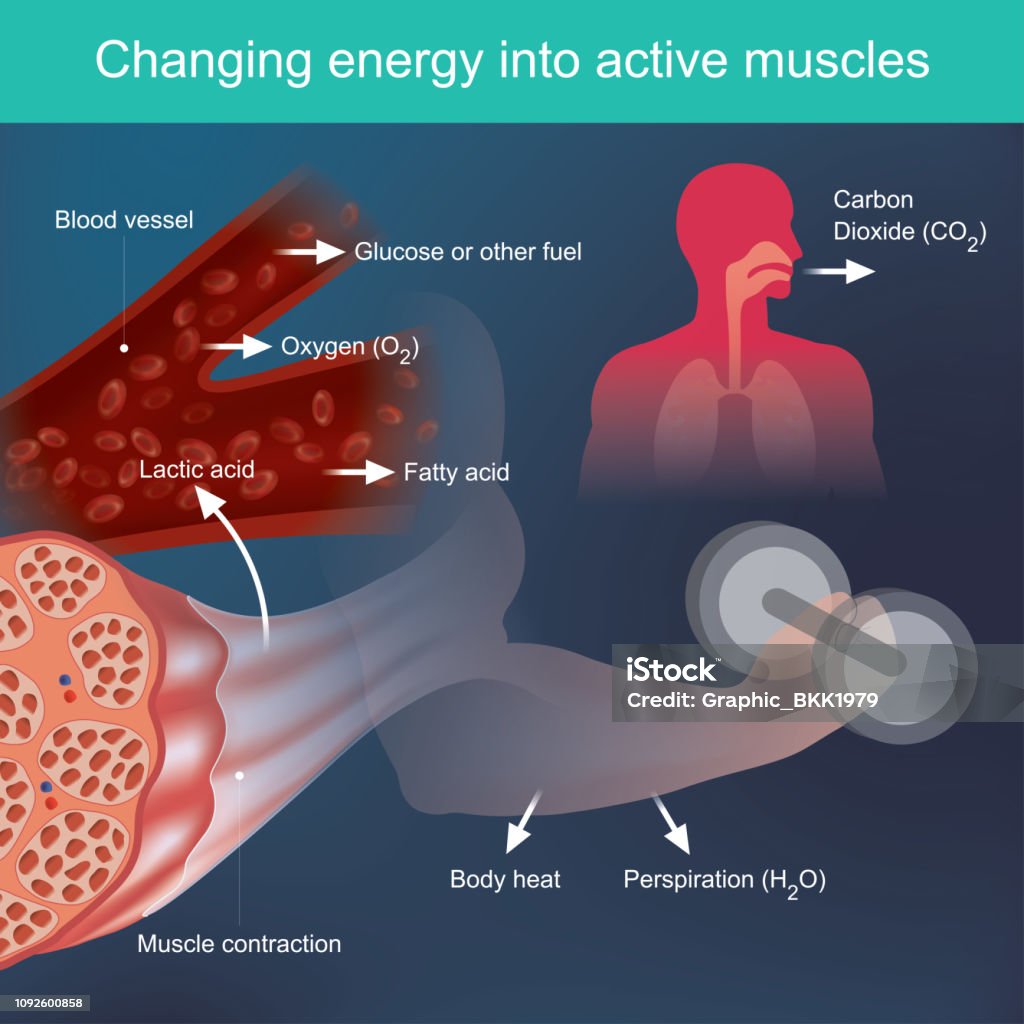

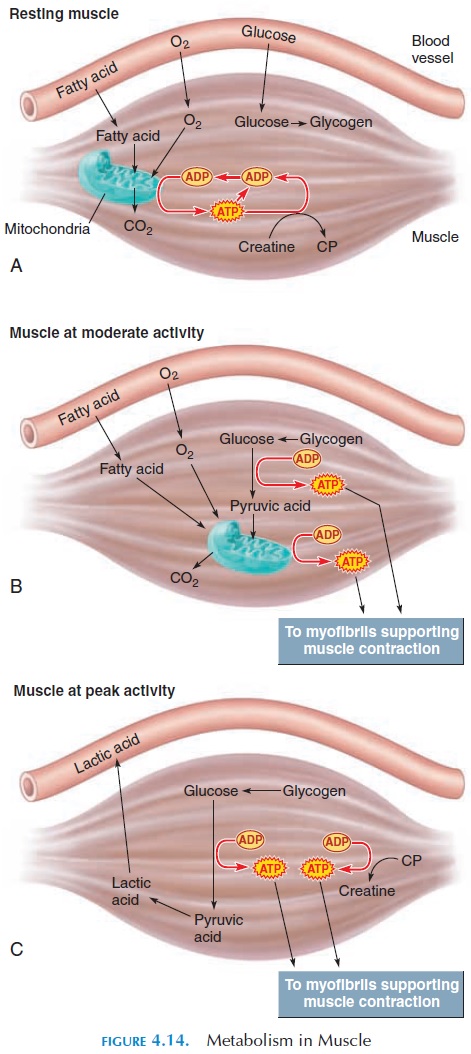
![At Rest Muscles Obtain Most Of Their Energy By Metabolizing Skeletal Muscle Physiology [more detailed] - Wize University Physiology](https://d3rw207pwvlq3a.cloudfront.net/attachments/000/084/518/original/Screen_Shot_2019-11-10_at_4.28.06_PM.png?1573433120)



